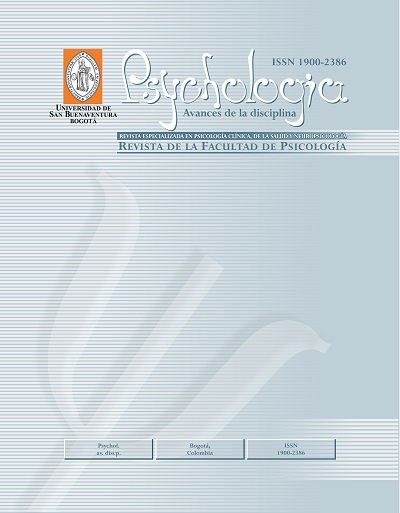This journal provides open, immediate access to its contents, based on the principle that offering the public free access to research helps to promote a higher global exchange of knowledge.
As such, all journal articles are published under a Creative Commons Attribution-NonCommercial-ShareAlike 4.0 International License (CC BY-NC-SA), by which commercial use of the original work or its possible derived works is not allowed, and the distribution thereof must be done with the same license elements regulating the original work.
http://creativecommons.org/licenses/by-nc-sa/4.0/
Abstract
Recognizing and labeling emotion expressions are abilities in whose study psychology and the neurosciences are increasingly interested; disorders such as autism, schizophrenia and depression are characterized by difficulties in recognizing others’ emotions. The finding of sex differences favoring women in Emotion Perception (EP) has been replicated cross-culturally, and so it can be used as validity evidence. In this instrumental design study, some 28 items were constructed and tested by means of the Rasch model (RM) in a Spanish community sample (102males and 102 females; age range=18-65). Data-model fit was good enough. Person measures show that the test was easy (range= –.60 to 4.14 logits). Even so, the predicted sex differences favoring women were found, d= -.36 (disattenuated d= -.50). That no item showed sex-related Differential Item Functioning (DIF) and that the constructed variable has interval scale properties add confidence to the effect size estimated value. The construction of an interval scale on which EP items and persons are conjointly represented offers quantitative information and allows the discovery of unexpected response patterns.

 Perfil Google Scholar
Perfil Google Scholar




















